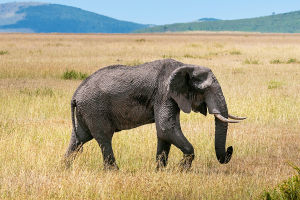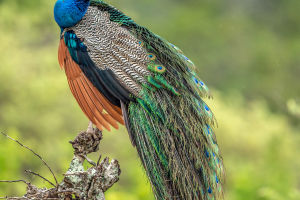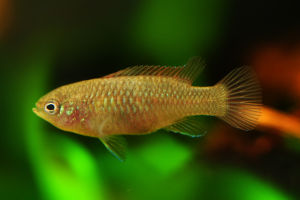Explore Jellyfish Varieties!
Jellyfish are some of the most captivating creatures in the ocean, drifting through the seas with their translucent, umbrella-shaped bodies and trailing tentacles.
So, Lykkers, let’s dive into the most popular types of jellyfish and what makes each unique.
1. Moon Jellyfish (Aurelia aurita)
With its delicate, translucent body, the moon jellyfish is one of the most common and widely recognized jellyfish species. These jellyfish have a saucer-shaped bell that typically grows up to 10–16 inches in diameter. Moon jellyfish are gentle swimmers, relying on ocean currents to help them move, and they’re often found in large swarms along coastlines.
Key Features: Translucent bell with visible internal organs arranged in four symmetrical rings. They feed primarily on small plankton and are harmless to humans.
2. Lion’s Mane Jellyfish (Cyanea capillata)
Known for its massive size, the lion’s mane jellyfish is one of the largest jellyfish species, with tentacles that can extend up to 120 feet. Its bell can reach up to 7 feet across, and its flowing tentacles resemble the mane of a lion, giving it its name. These jellyfish inhabit colder regions and are commonly found in the North Atlantic, Arctic, and North Pacific Oceans.
Key Features: Reddish-orange bell with trailing tentacles that can cause a painful sting if touched.
3. Box Jellyfish (Cubozoa)
Box jellyfish are known for their distinctive cube-shaped bells and potent venom, which can be extremely dangerous to humans. They are found in the warm waters of the Indian and Pacific Oceans, especially around northern Australia. Unlike most jellyfish, box jellyfish are strong swimmers and can navigate purposefully rather than simply drifting with currents.
Key Features: Cube-like shape with highly toxic tentacles. Recognizable by their transparent bodies and ability to actively swim.
4. Cannonball Jellyfish (Stomolophus meleagris)
Cannonball jellyfish are named for their compact, rounded bells, resembling cannonballs. They are commonly found along the southeastern United States and the Gulf of Mexico. These jellyfish are relatively small, typically reaching only about 10 inches in diameter, and are often found in large groups. Unlike many jellyfish, their stings are mild and not harmful to humans.
Key Features: Round, firm bell with minimal tentacles. Known for their mild sting and small size.
The 15 Different Types Of Jellyfish
Video by Digit Nerd HTv
5. Portuguese Man O’ (Physalia physalis)
Although technically not a true jellyfish but a siphonophore, the Portuguese man o’ is often mistaken for one. It has a gas-filled bladder that floats on the ocean's surface, and its tentacles can extend up to 100 feet. Known for its painful sting, the Portuguese man o’ can cause intense pain and, in some cases, serious injury.
Key Features: Bright blue or purple floating "sail" with long, venomous tentacles. Found in warmer seas and along coastlines.
6. Sea Nettle Jellyfish (Chrysaora)
Sea nettle jellyfish are medium-sized jellyfish commonly found in the Atlantic and Pacific Oceans. They have a bell that is usually golden-brown with stripes, and long tentacles trailing from the bell. Sea nettles are known for their stings, which can be painful but are generally not harmful to humans.
Key Features: Yellow-brown, bell-shaped body with trailing tentacles. Known for their stinging cells.
7. Upside-Down Jellyfish (Cassiopea)
The upside-down jellyfish gets its name from its unusual habit of resting on the seafloor with its tentacles facing upward. Found in warm, shallow waters, this jellyfish has a symbiotic relationship with algae that live in its tissues, providing it with food through photosynthesis.
Key Features: Lies on the seafloor with tentacles facing up. Known for their mild sting and algae-filled tentacles that provide nutrition.
The world of jellyfish is diverse and full of wonder, from the delicate moon jellyfish to the enormous lion's mane. While some jellyfish are harmless to humans, others have potent stings, so it’s always best to admire them from a safe distance. These creatures are essential to marine ecosystems and are among the oldest life forms on Earth, reminding us of the beauty and mystery of the ocean.


